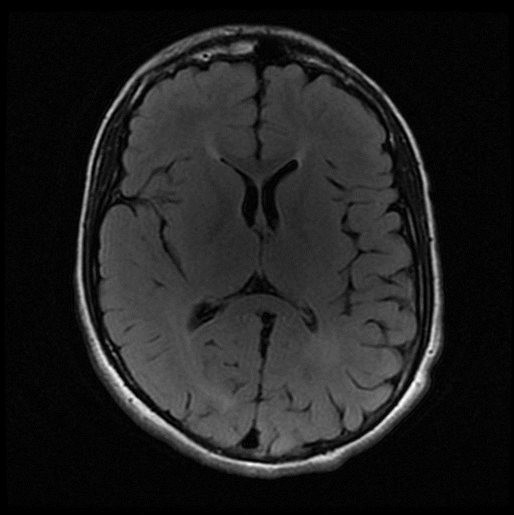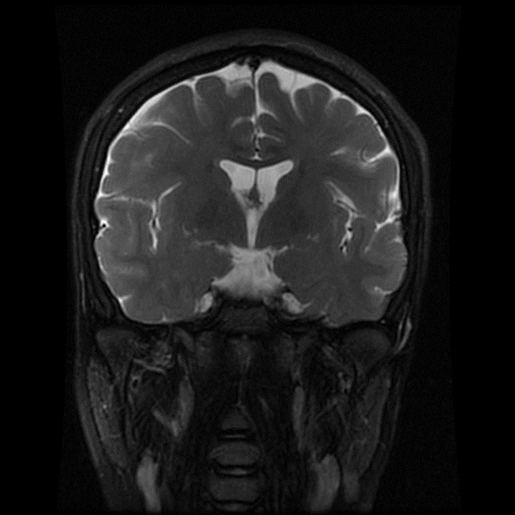Category: Pediatric Movement Disorders
Objective: Our objective was to bring light into infrequent causes of gait disorders in children mimicking well-known diseases, specifically with relevant family background.
Background: Hereditary spastic paraplegia type 11 (SPG11) is an autosomal recessive disease, cause of gait disorder in children. Cognitive impairment, axonal polyneuropathy and even parkinsonism with variable L-dopa response has been described in this entity.
Method: Presentation of two cases of SPG11 in a non-consanguineous Spanish family with family history of Huntington’s disease (HD).
Results: A 15-year-old male consulted because of disordered gait of months of evolution. Personal history of ADHD and family history of maternal grandmother with HD was noted. On exam, he was overweight, had slight proximal weakness of lower limbs, hyperreflexia and left achilleal clonus, with moderate lower limbs hypopalesthesia. Of note, there was dystonic posturing of left leg and both postural and intentional bilateral upper limbs tremor, more marked on left side.
Blood tests (including Copper, ceruloplasmin, vitamins A/E/B12..) and initial brain-cervical spine MRI were normal. Genetic HD exam was negative. On following exams, spasticity on lower limbs (Ashworth 2/4) was seen as well as scissoring gait.
Brain MRI was repeated, with a typical “eyes-of-lynx” pattern, with callosal thinning and periventricular frontal T2-hyperintensities [Figure 1] [Figure 2]
Our patient had two pathogenic variants in heterozygosis in SPG11 gene (maternal c.5844 and patenal c.1954C>T). He receives botulinum toxin injections for his spasticity.
After two years of follow up, his brother debuted with a similar gait pattern and SPG11 was confirmed on the genetic study.
Conclusion: SPG11 can debut as rigid-akinetic syndrome and be accompanied of obesity, learning difficulties and polyneuropathy, as in our case. Imaging is key and was of dire diagnostic relevance. Our case is an example as how medical family history can be misleading.
Abstract presented in the Spanish Neurology Reunion (RASEN) in November-December 2021.
To cite this abstract in AMA style:
A. Baltasar Corral, V. Gómez Mayordomo, A. García Ron, E. López Valdés, R. García-Ramos García. All that is gold does not glitter: SPG11 mimicking Westphal variant of Huntington’s disease [abstract]. Mov Disord. 2022; 37 (suppl 2). https://www.mdsabstracts.org/abstract/all-that-is-gold-does-not-glitter-spg11-mimicking-westphal-variant-of-huntingtons-disease/. Accessed April 2, 2025.« Back to 2022 International Congress
MDS Abstracts - https://www.mdsabstracts.org/abstract/all-that-is-gold-does-not-glitter-spg11-mimicking-westphal-variant-of-huntingtons-disease/


